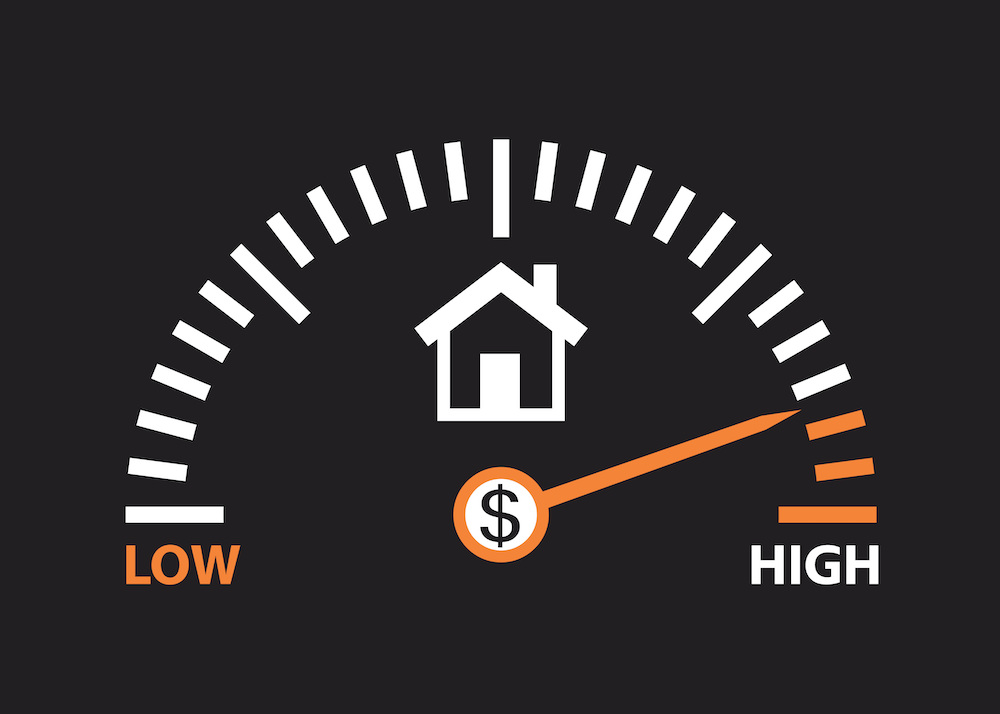What is High Value Home Insurance?

High-value homeowners insurance is designed for homeowners who have a high net worth as well as a luxury home. These policies typically offer higher coverage limits as well as better protection for other assets.
High-Value Home Insurance explained
While policies can vary by insurer, a high value home is typically a home that has a value above $750,000 while other insurers may only consider homes worth over a $1million as high value.
In many cases, a standard homeowner policy will not provide enough coverage for high value homeowners who may need additional coverage for not only their home but the contents as well. Antiques, art and jewelry are often capped on a standard homeowner policy which can leave high value homeowners underinsured.
Increased coverage levels of high value policies
There are a number of differences between a high value policy and a standard homeowners policy. Here are some of the advantages that a high value policy offers:
Dwelling Coverage
The dwelling portion of your policy will cover damage to your home’s structure and pay to rebuild your home if it is destroyed by a covered peril up to your coverage limits.
A high-value policy will usually offer extended replacement cost as a standard feature of the policy. This will extend your dwelling coverage by 125% to 150% of the cost to rebuild the home. This can come in handy if your home is destroyed by a major weather event.
After a natural disaster, building costs typically skyrocket due to higher labor and building materials costs. This additional coverage will ensure you can afford to rebuild your home even if that cost has gone up dramatically.
In addition, many high value policies offer a cash out option which is not available with most standard homeowner policies. This benefit allows a homeowner to take the insurance check and rebuild elsewhere if their home has been destroyed.
Contents Coverage
These policies also come with improved contents coverage which protects your personal possessions. While coverage details can vary by insurer, many high value home polices include the following for contents coverage:
- Jewelry coverage: Traditional policies often limit coverage on luxury items such as jewelry to around $1,500 while these policies may offer coverage up to $150,000.
- Antiques, art and collectibles: Much like jewelry, coverage for high end items such as art, antiques and collectibles can be limited on a standard policy but a high value policy often offers up to $25,000 in coverage for the breakage of antiques, fine art and collectibles.
- All risk coverage for contents: Most standard homeowner policies only cover your contents against the 16 named perils in the policy. A high value home insurance policy offers all risk coverage for your contents which means it will protect against all perils, not just those named in the policy.
- Replacement cost: A high value home policy will insure your possessions at replacement value instead of the actual cash value of more standard policies. This means that if your 10-year TV is destroyed by a covered peril, it will be replaced with a brand new one of similar quality. Actual cash value on the other hand takes depreciation into account which means that your 10-year-old TV is basically worthless according to your insurance company.
Liability Coverage
High value home polices usually come with much higher liability limits than a standard policy. A typical homeowners policy will offer $100,000 in liability coverage while a high value home policy will often up these levels up to $300,00 to $500,000.
Additional coverage benefits
High value home insurance often includes these additional benefits as well:
- A high value home insurance policy will typically include the following upgrades:
- Coverage for sewer backup
- Higher coverage limits for shrubs and trees
- $1,000 cap for removing fallen tree, $500 is typical on a standard policy
- Higher medical payments limits
- Deductible waivers: In some cases, your deductible may be waived
